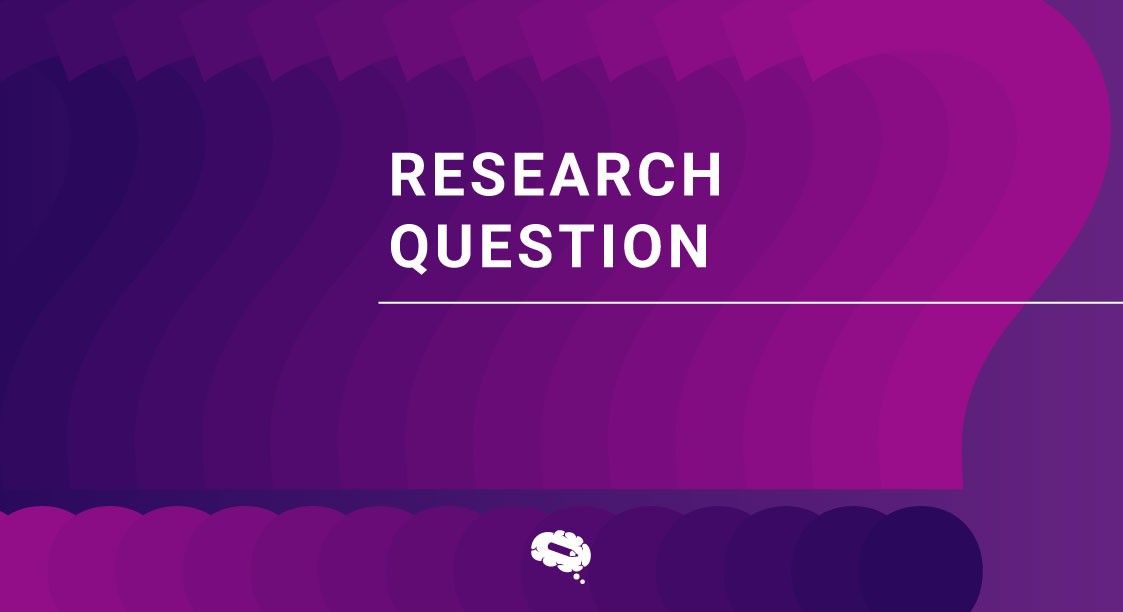The purpose of any research is to publicize your findings and use them to drive future research. As a result, writing is an essential and continuing aspect of the research process.
Bringing vital and relevant data, on the other hand, must be the most crucial aspect of the procedure. Your research is practically meaningless if you have excellent writing and a well-designed manuscript but do not deliver pertinent information. Writing and data go hand in hand, and you must have both done flawlessly to succeed.
This article will clarify what empirical writing is and what it entails, for you to conduct a successful one.
What is empirical writing?
Empirical writing is described as any research in which the study’s findings are rigorously based on concretely empirical evidence, and hence “proveable” evidence.
This empirical data can be obtained through quantitative and qualitative research methodologies.
Quantitative research
Quantitative research methods rely on numerical data to acquire knowledge. It is used to quantify thoughts, actions, or other characteristics that have been established. These are predefined and follow a more regimented structure. Surveys, longitudinal studies, polls, and other methodologies are regularly utilized for quantitative research.
Qualitative research
Non-numerical information is gathered using qualitative research methodologies. It is employed to extract meanings, opinions, or causative factors from its subjects. These methodologies are either unstructured or semi-structured.
The sample size for such a project is often limited, and it is a conversational approach to providing additional insights or in-depth details on the subject. Focus groups, experiments, and interviews are some of the most common approaches.
Sections on empirical article
Introduction
A research project, like any other, requires an introduction to define the topic and the issue that the researcher hopes to answer via investigation. It also explains why this subject is being researched and how the findings could be valuable or relevant for future research or the field of study.
Literature Review
While a standard literature review must include the literature evidence to conduct regular research, an empirical literature review, also known as a systematic literature review, examines prior empirical studies to give a solution to a specific research question and rather than relying on hypotheses or assumptions to derive conclusions, empirical research depends on observations and measurements to answer specific research questions. It may be necessary to compile a list of persons, actions, or events that are being studied.
Methodology
The methodology describes in full what the researcher performed to carry out the research. Several elements of the research must be described, such as:
- General structure and operational procedure of the experiment/ observational experience;
- Analyzed groups, size of each group, characteristics of the individuals, if pertinent to the research;
- Variables changed between the groups or variables measured as a result of changes;
- Research conditions, factors or alterations that may have affected the findings;
- Procedures to gather and analyze data;
- Any limitations.
Results
This section will outline all findings, beginning with the most important discoveries and progressing through the less important ones. For example, the overall measurement may be provided first, followed by different types of learning measurements.
Discussion
The discussion section examines the findings’ consequences, such as the influence this research has on what is previously known about the subject and the practical uses of this new information. It also discusses the research’s positive aspects and drawbacks.
Reference list
This section is the ending of your empirical writing and should include a list of any information obtained from outside sources that you used or mentioned in your empirical writing.
Beautiful illustrations to improve your papers’ impact
Conducting an empirical study may be difficult, especially with all of the detailed information that you need to present to your readers for a complete understanding. Use Mind The Graph to your advantage and transform your data into beautiful illustrations to increase the impact of your papers.

Subscribe to our newsletter
Exclusive high quality content about effective visual
communication in science.




